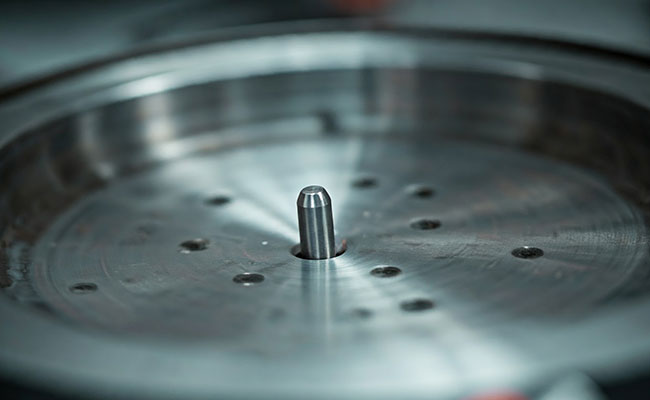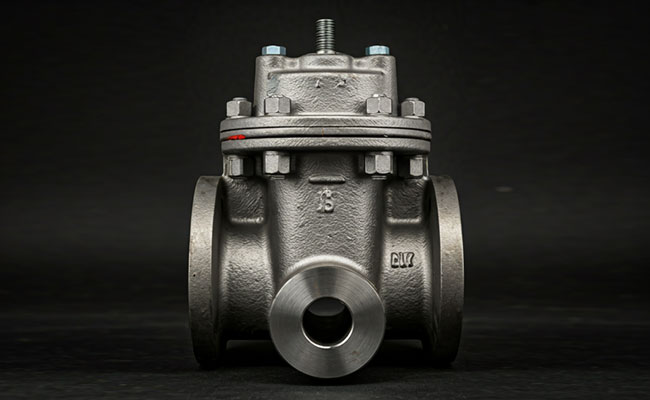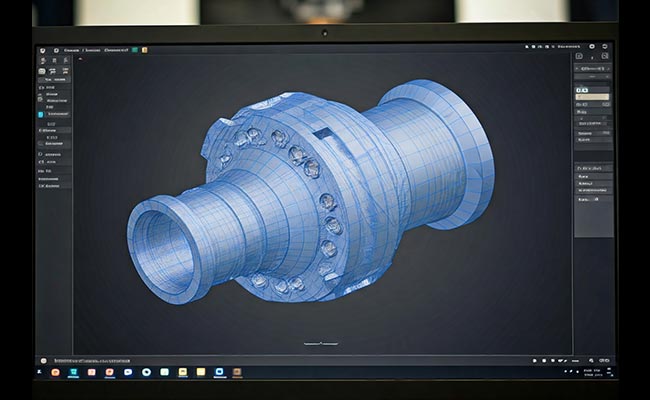
Radiographic testing for Casting
2024-10-28
Spectroscopy
2024-11-11Magnetic particle testing (MT) is a non-destructive testing (NDT) method used to detect surface and subsurface discontinuities in ferromagnetic materials, such as steel and iron. It involves magnetizing the casting and then applying magnetic particles to the surface. The particles are attracted to areas of magnetic flux leakage, which occurs at discontinuities.
How MT Works
- Magnetization: The casting is magnetized using either a direct current (DC) or alternating current (AC) field.
- Particle Application: Magnetic particles, usually in powder or wet suspension form, are applied to the surface of the casting.
- Particle Attraction: The magnetic particles are attracted to areas of magnetic flux leakage, which occurs at discontinuities.
- Inspection: The surface of the casting is visually inspected for indications of magnetic particle accumulation, which indicates the presence of a discontinuity.
Types of Magnetization
- Circular magnetization: Used for detecting longitudinal discontinuities.
- Longitudinal magnetization: Used for detecting transverse discontinuities.
- Specific magnetization: Used for detecting discontinuities in complex shapes.
Advantages of MT for Castings
- Sensitivity: Can detect both surface and subsurface discontinuities.
- Portability: Portable MT equipment is available for on-site inspections.
- Versatility: Applicable to a wide range of ferromagnetic casting materials.
- Cost-effective: Relatively inexpensive compared to other NDT methods.
Limitations of MT for Castings
- Limited to ferromagnetic materials: MT is only applicable to materials that can be magnetized.
- Surface conditions: Surface roughness or contaminants can interfere with particle adhesion.
- Depth limitations: MT is typically limited to detecting discontinuities near the surface.
- Operator skill: Accurate interpretation of MT results requires trained personnel.
Applications of MT in Casting
- Crack detection: Identifying surface and subsurface cracks in castings.
- Porosity inspection: Detecting surface and subsurface porosity.
- Inclusions: Finding surface and subsurface inclusions in the casting material.
- Weld inspection: Assessing the quality of welds in castings.
In conclusion, magnetic particle testing is a valuable tool for quality control in the casting industry. Its ability to detect both surface and subsurface discontinuities makes it an essential part of many casting inspection processes.




